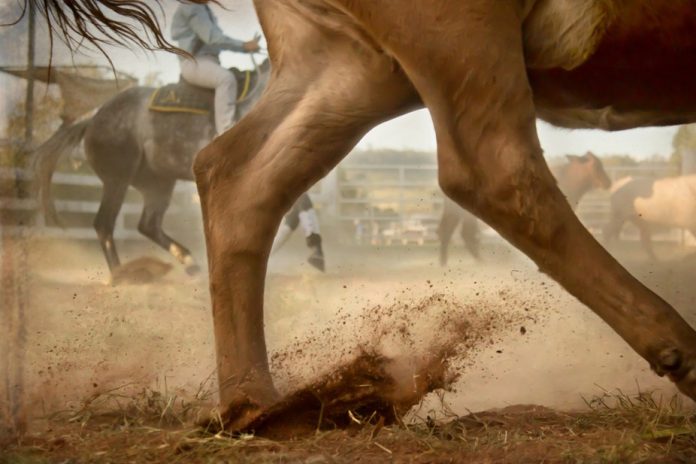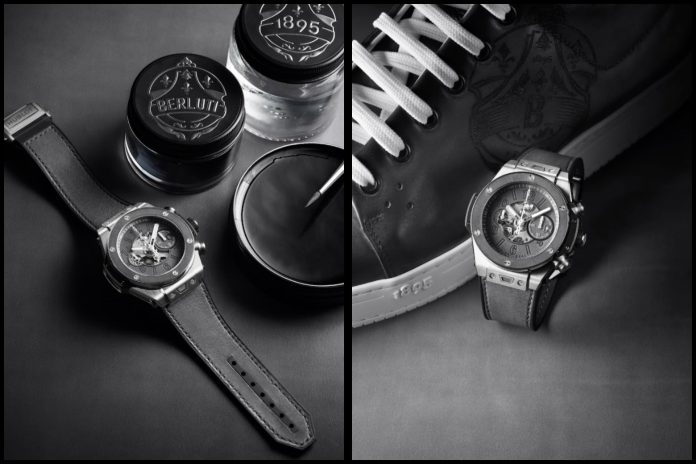Horses are incredibly tough animals. They are full of energy and enthusiasm. They engage in a lot of physical activity, and the consequences of this behaviour, may lead to deteriorated bones and injuries. Out of 205 bones that make up the horse’s body, 80 are in the legs. The complex system of joints, bones, ligaments, tendons, cartilage, lubricant, laminate and hooves that contribute to a horse’s amazing speed can also be the cause of their downfall. Nearly 60-65 per cent of the horse’s weight rests on its front legs, which is why their legs are strong yet sensitive, and most injuries occur there. This is why the horse’s legs are important to their overall health and performance. Many problems can affect horses’ legs, like inflammation, osteoarthritis, joint issues and diseases, and of course, broken legs that can cause a serious impact on the health and mind of a horse. Recovery is complicated because horses can’t lie down while they recuperate. Horses are programmed to stand a good portion of the time, including while they sleep. As prey species, they must be ready to flee as fast as possible, which is why horses stay on their toes (or hooves, to be more accurate).
CAN BROKEN LEGS BE CURED?
Horses put a huge amount of stress on their legs, especially when galloping and jumping. There are many fragile bones below the knee and hock which are sensitive. Some of the bones are within the hoof, and when they shatter, they are far more difficult to stabilize and heal. Over half the horse’s weight is borne on the front legs, so the bones and joints, in particular, take a lot of abuse. Even if the bones are healing, other complications can set in, such as static laminitis, making it difficult for the horse to recover without ongoing severe pain.

The bones of a horse are lighter, that’s why when they break, they shatter into pieces. When that happens, it is not possible to repair the bone. Another issue is “plastic deformation”, meaning that the bone bends before it breaks. Even if it were possible to put the pieces back together, you would end up with a badly bent bone. That’s why horses have a small chance of recovering from a broken leg. A horse is more likely to recover from an incomplete fracture than a complete fracture. Similarly, the younger and smaller the horse, the better is the chance of recovery. New advancements in medical fields are helping horses recover from leg injuries. Researchers and engineers have proposed robotic lift systems. Scientists have designed and built a unique technology which will help to rehabilitate horses suffering from acute injuries and other musculoskeletal problems by providing mobility, weight, distribution and support. After a horse undergoes surgery to fix a leg fracture, it’s normally confined to a stall and given medication to alleviate the pain. However, due to a horse’s weight and its strong flight response, recovery from musculoskeletal problems is fraught with complications and secondary issues such as supporting-limb laminitis. With the lift system, clinicians can reduce and redistribute the weight the horse is carrying dynamically. The system allows the animal to be mobile with its weight partially or fully supported by the lift.

Upon discovery of the injured horse, first aid can make a huge difference. You’ll have to keep the horse quiet and ideally, not make him walk, until a veterinarian can arrive to determine the extent of injury. The success of surgical fracture repair is dictated by a horse’s behaviour during anaesthetic recovery and rest, rather than what happens in the operating room.

It is the responsibility of the caretaker to examine and take good care of the horse after a surgery. Proper care and support make a huge difference in the healing process.





